Membrane in Water and Wastewater Treatment
Abstract
The use of ultrafiltration technology for water applications is a relatively recent concept, although in the beginning, it is already commonly used in many industrial applications such as food or pharmaceutical industries. Ultrafiltration is proven to be a competitive treatment compared with conventional ones. In some cases, combination of ultrafiltration with conventional process is also feasible particularly for high fouling tendency feed water or for removal of specific contaminants. Recently, ultrafiltration has been recognized as competitive pre-treatment for reverse osmosis system. A system designed with an ultrafiltration as pre-treatment prior to reverse osmosis system has been referred to as an Integrated Membrane System (IMS). The application of IMS is a must for sites require very extensive conventional pre-treatment or where wide fluctuation of raw water quality is expected. However, the UF design was generally dismissed as commercial alternative to conventional filtration due to its high membrane cost. Nevertheless, today, the UF membrane price has gone far down, even below conventional treatment system with the new coming Asian membrane industries. Therefore, there is no doubt, UF is now becoming a competitive pretreatment system for RO in a wide range of raw water quality. Meanwhile, the application of membrane to replace secondary clarifier of conventional activated sludge, known as membrane bioreactor (MBR), has also led to a small footprint size of treatment with excellent effluent quality. The use of MBR eliminates almost all disadvantages encountered in conventional wastewater treatment plant such as low biomass concentration and washout of fine suspended solids. Today, there are more than 1000 installations of MBR all over the world. However, fouling still become a main drawback. To minimize membrane fouling, a new configuration of submerged membrane bioreactor for aerobic industrial wastewater treatment has been developed. In this configuration, a bed of porous particle is applied to cover the submerged ends-free mounted ultrafiltration membrane into which a new configuration is made. Membrane performance was assessed based on flux productivity and selectivity. A reasonably high and stable flux around 11 l/m2 .h was achieved with COD removal efficiency of more than 99% from wastewater containing high organic matter. The fouling analysis also show that this newly configured ends-free membrane bioreactor exhibit lower irreversible resistance compared with the submerged one. The performance of pilot scale system, with 10 m2 membrane area in a 120 L tank volume, was also studied. The resulting flux from the pilot scale system is around 8 l/m2 .h with COD removal of more than 99%. Hence, this study has demonstrated the feasibility of the newly configured submerged ends-free MBR at larger scale.
Only logged in customers who have purchased this product may leave a review.
Related products
Overview Of The Main Disinfection Processes For Wastewater And Drinking water Treatment Plants
Overview Of The Main Disinfection Processes For Wastewater And Drinking water Treatment Plants
Sludge Biotic Index
Abstract
This study aimed to determine the relationship between activated sludge microfauna, the sludge biotic index (SBI) and the effluent quality of a full-scale municipal wastewater treatment plant (WWTP) working with shock organic and ammonium loadings caused by periodic wastewater delivery from septic tanks. Irrespective of high/low effluent quality in terms of COD, BOD5, ammonium and suspended solids, high SBI values (8–10), which correspond to the first quality class of sludge, were observed. High SBI values were connected with abundant taxonomic composition and the domination of crawling ciliates with shelled amoebae and attached ciliates. High SBI values, even at a low effluent quality, limit the usefulness of the index for monitoring the status of an activated sludge system and the effluent quality in municipal WWTP-treated wastewater from septic tanks. It was shown that a more sensitive indicator of effluent quality was a change in the abundance of attached ciliates with a narrow peristome (Vorticella infusionum and Opercularia coarctata), small flagellates and crawling ciliates (Acineria uncinata) feeding on flagellates.
Sludge Biotic Index
Abstract
This study aimed to determine the relationship between activated sludge microfauna, the sludge biotic index (SBI) and the effluent quality of a full-scale municipal wastewater treatment plant (WWTP) working with shock organic and ammonium loadings caused by periodic wastewater delivery from septic tanks. Irrespective of high/low effluent quality in terms of COD, BOD5, ammonium and suspended solids, high SBI values (8–10), which correspond to the first quality class of sludge, were observed. High SBI values were connected with abundant taxonomic composition and the domination of crawling ciliates with shelled amoebae and attached ciliates. High SBI values, even at a low effluent quality, limit the usefulness of the index for monitoring the status of an activated sludge system and the effluent quality in municipal WWTP-treated wastewater from septic tanks. It was shown that a more sensitive indicator of effluent quality was a change in the abundance of attached ciliates with a narrow peristome (Vorticella infusionum and Opercularia coarctata), small flagellates and crawling ciliates (Acineria uncinata) feeding on flagellates.


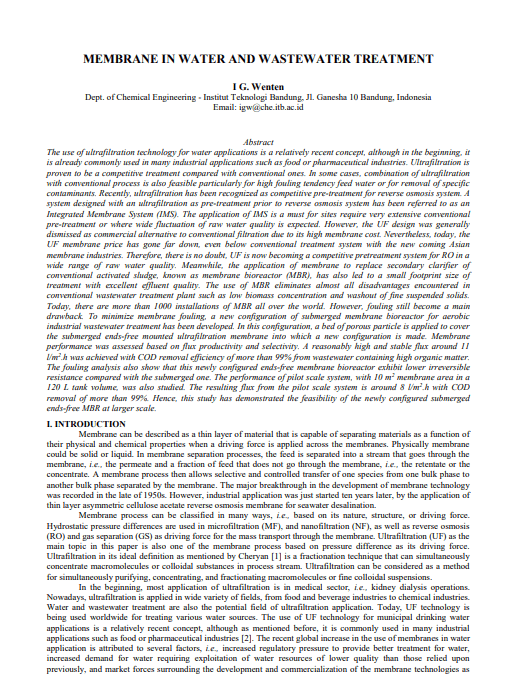
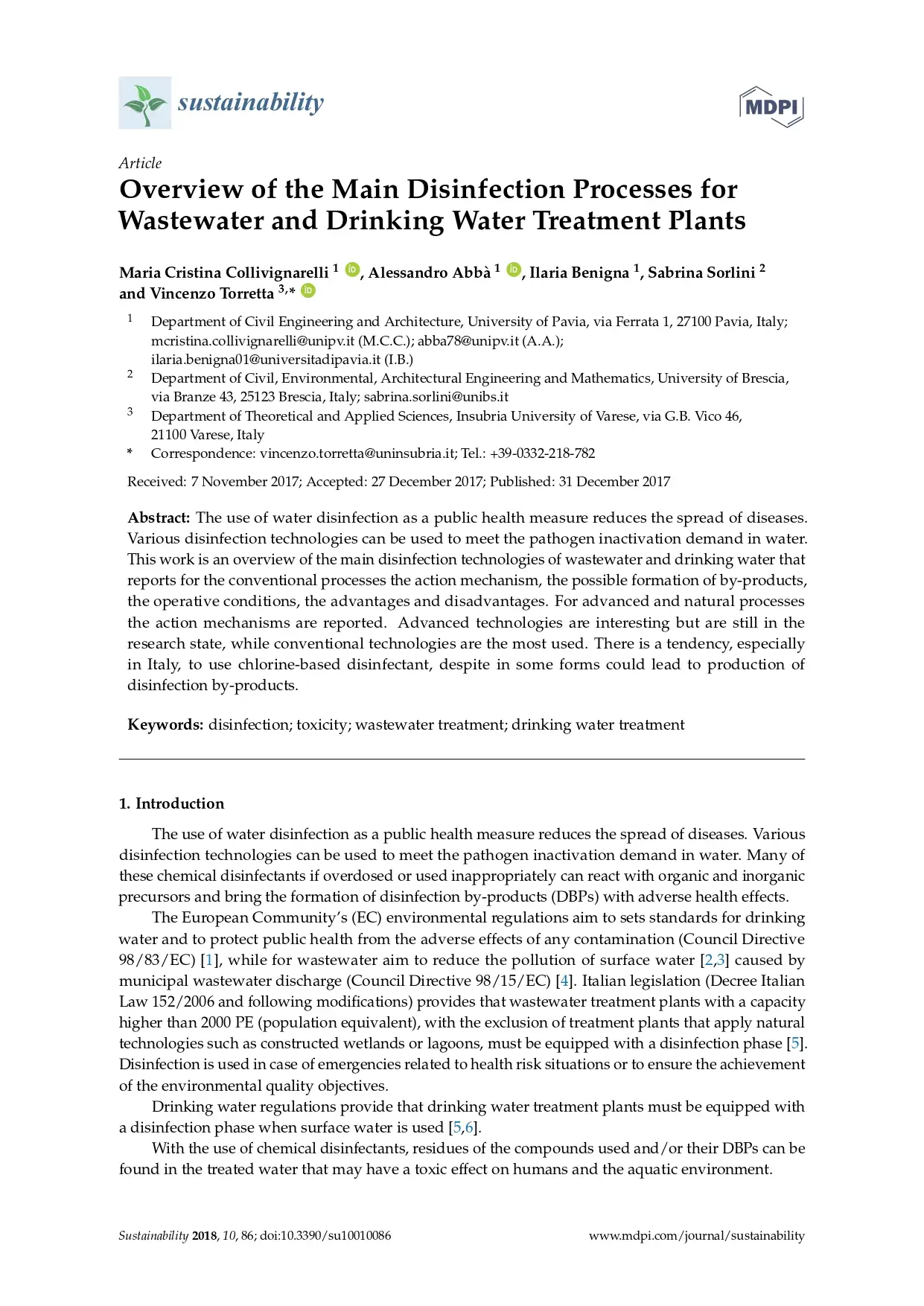
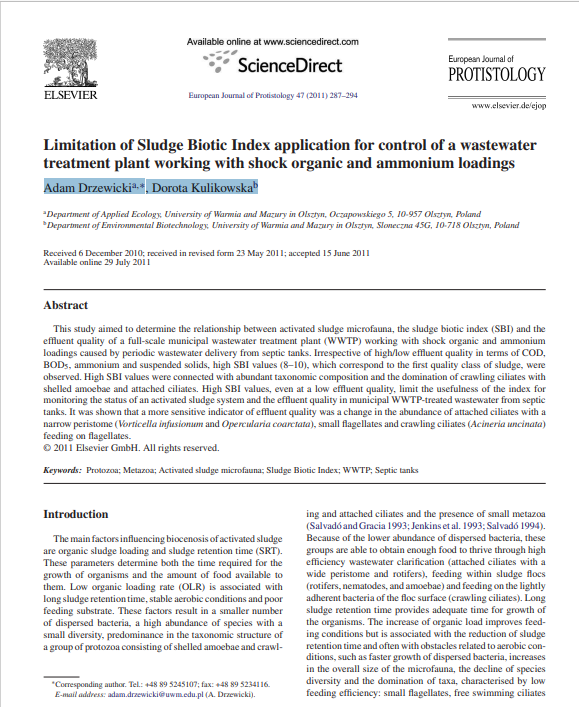
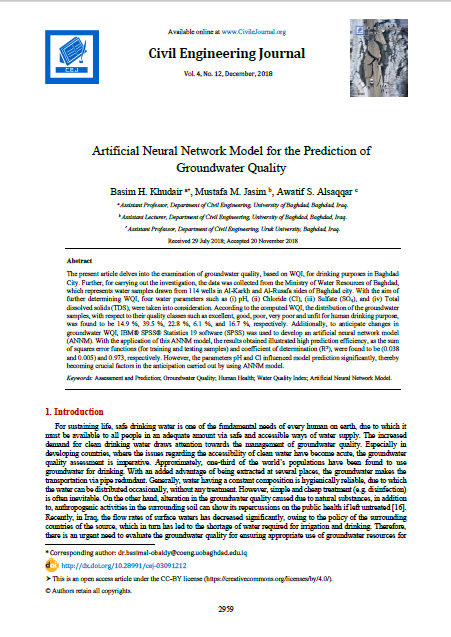
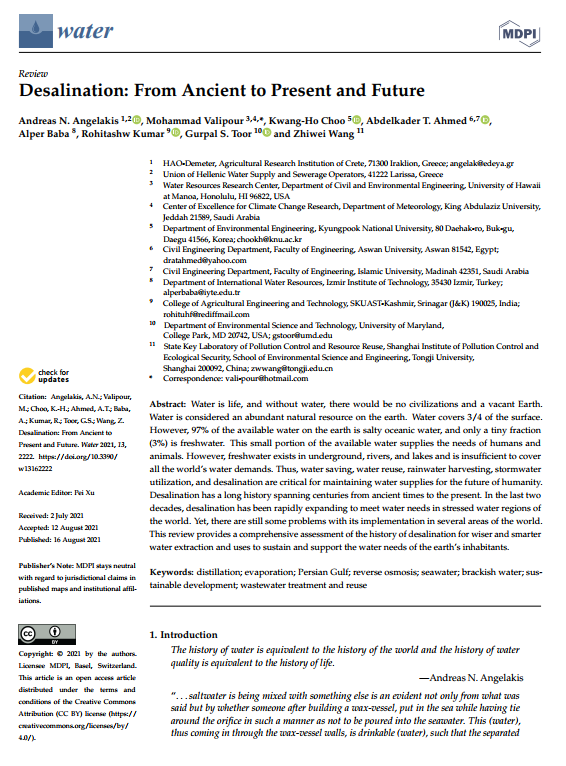
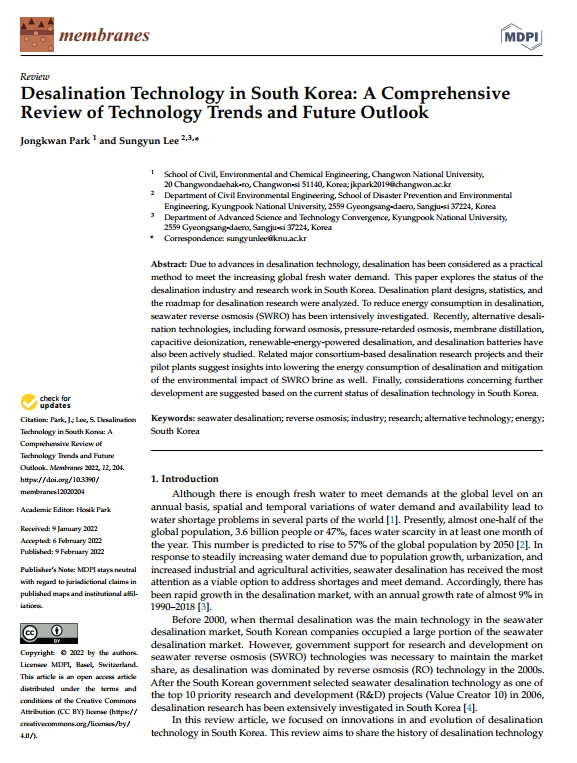
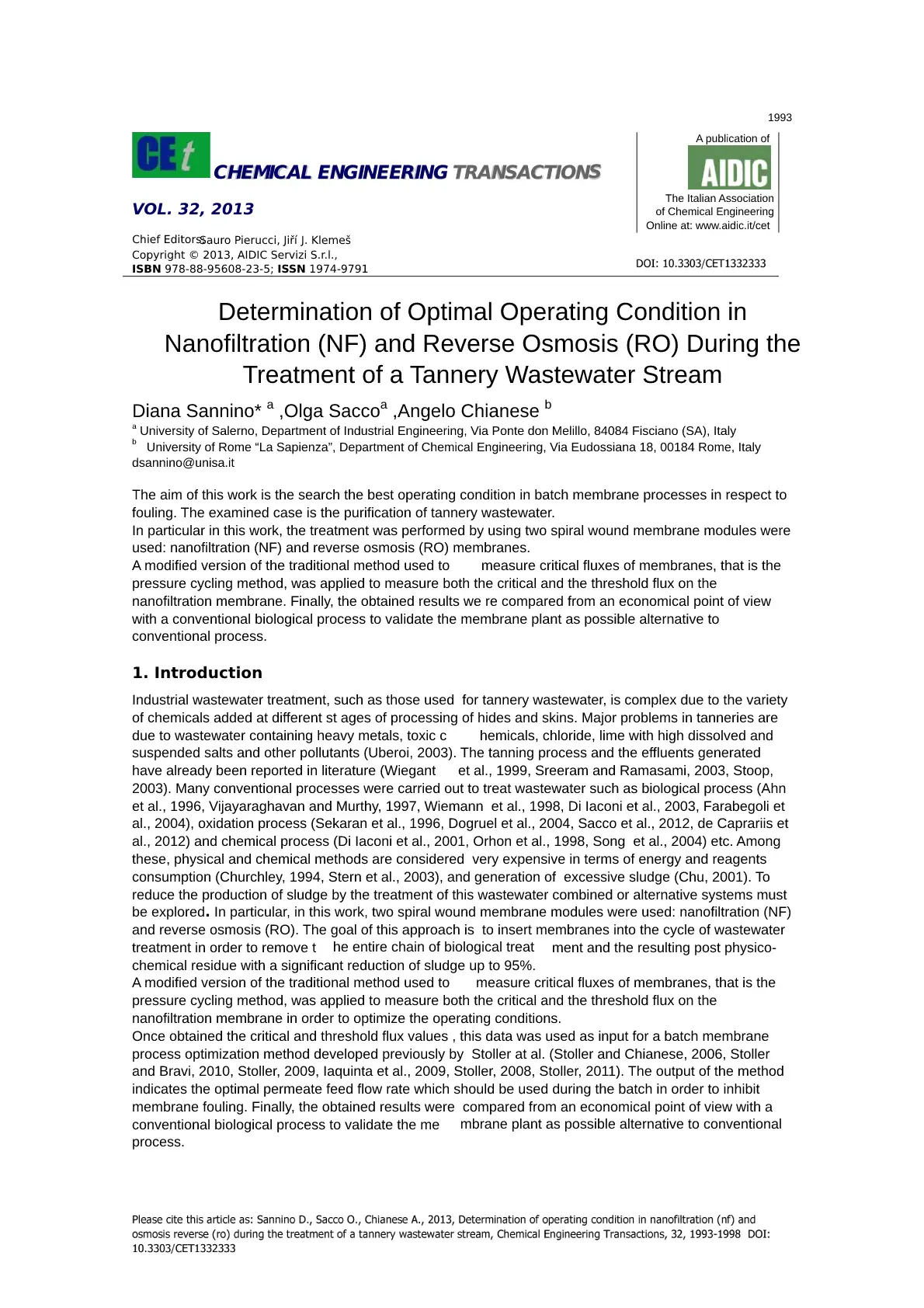
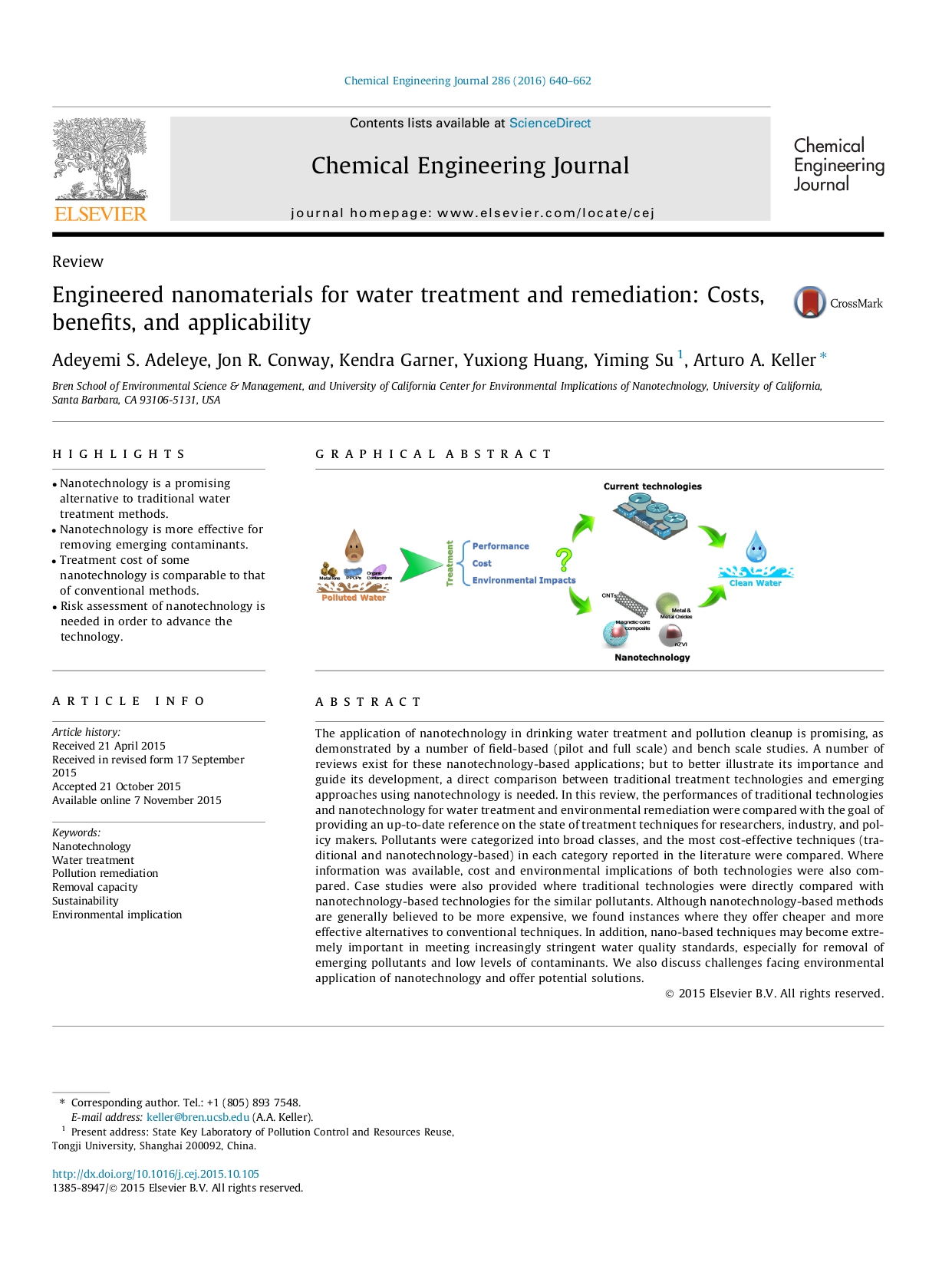
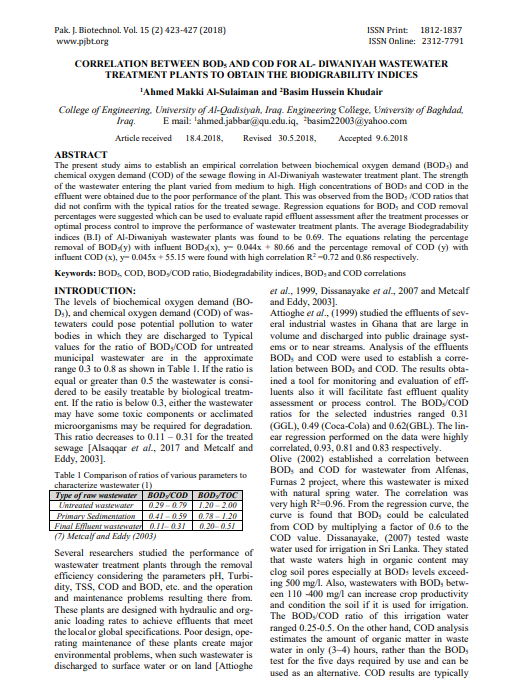
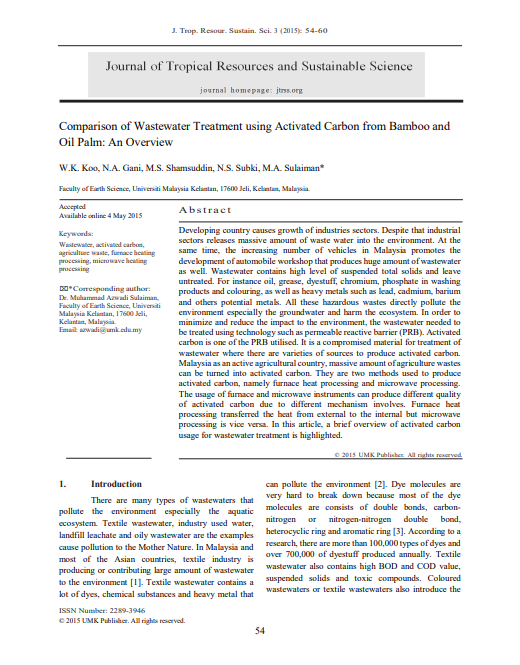
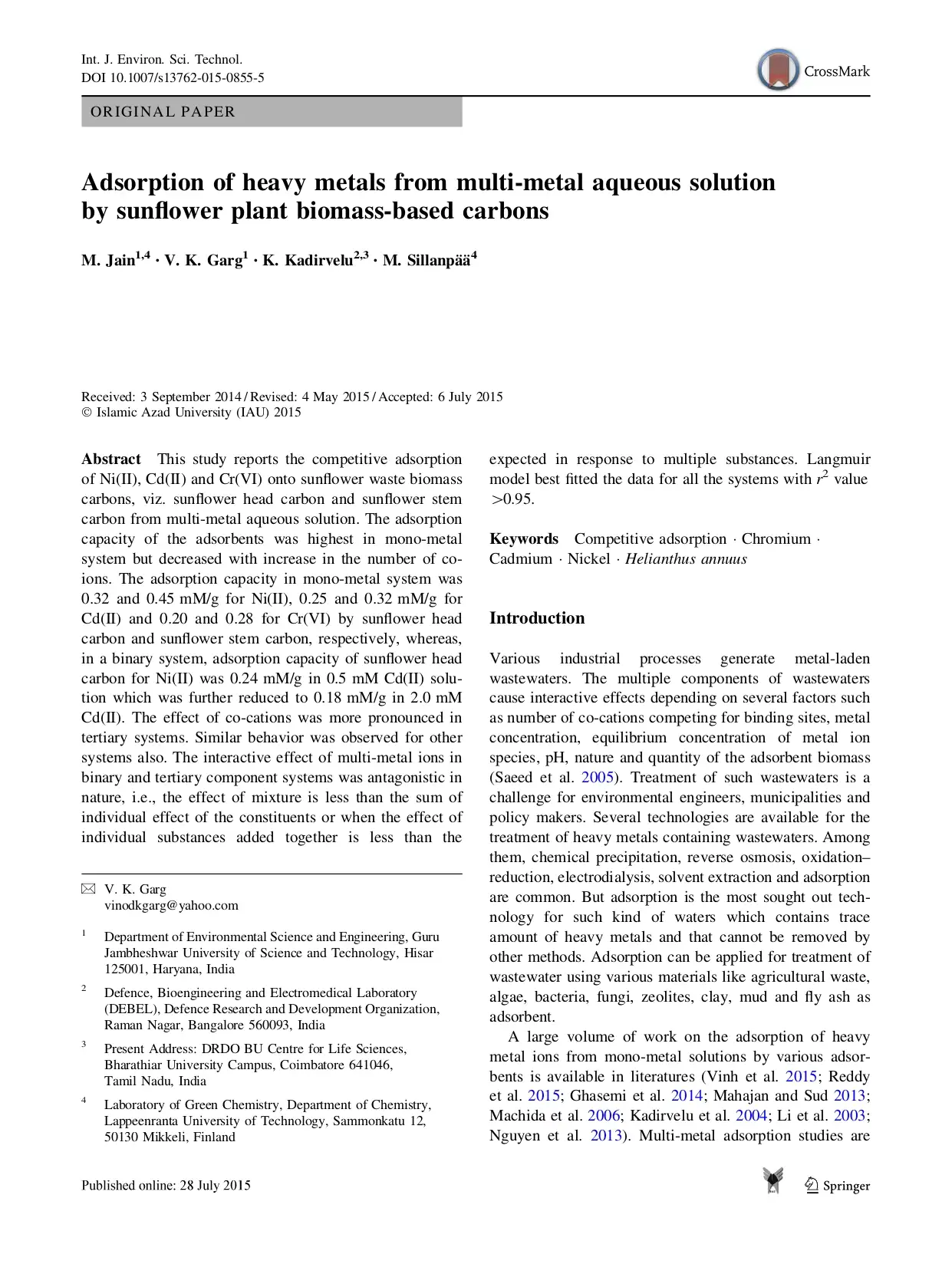
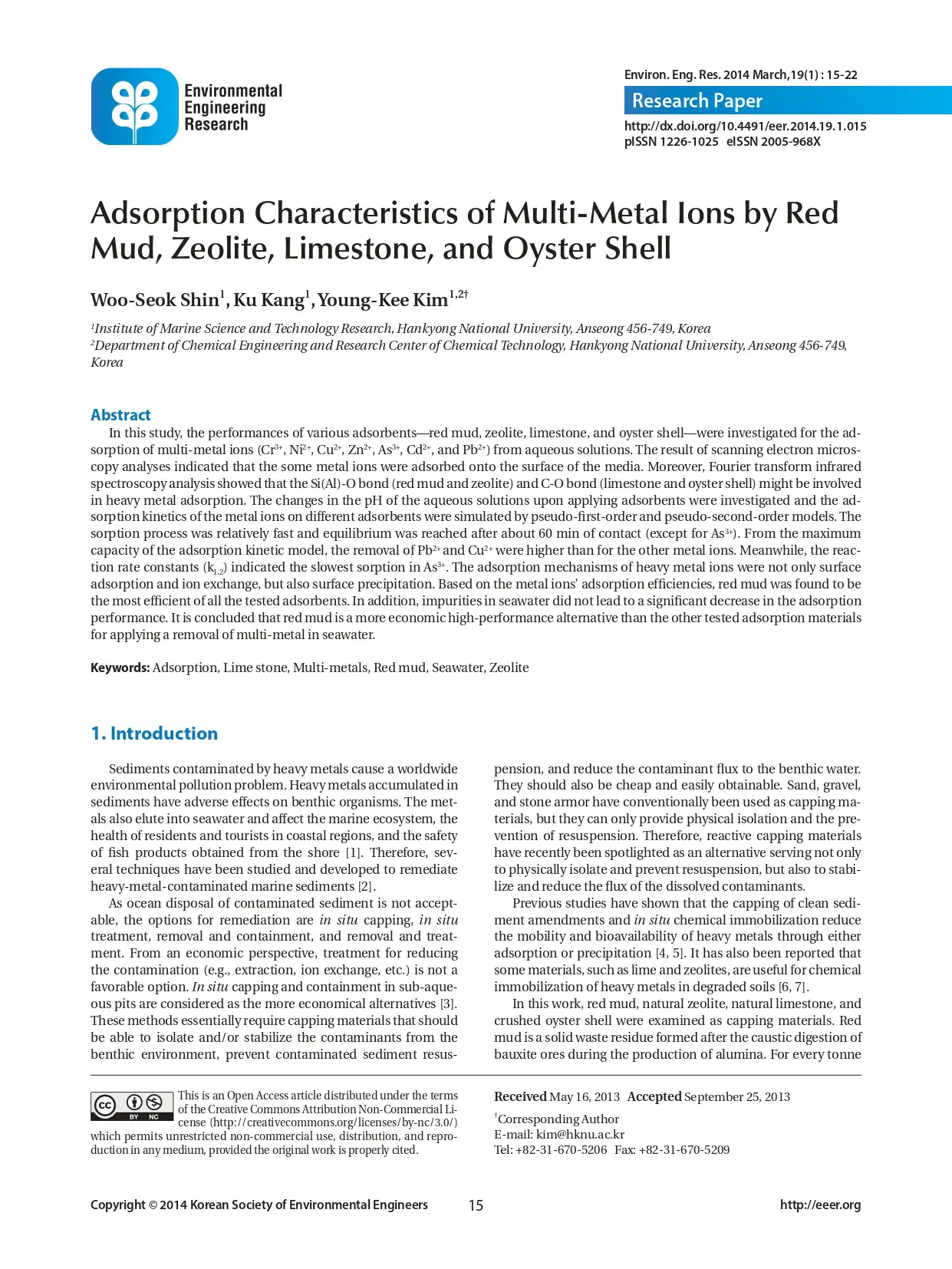
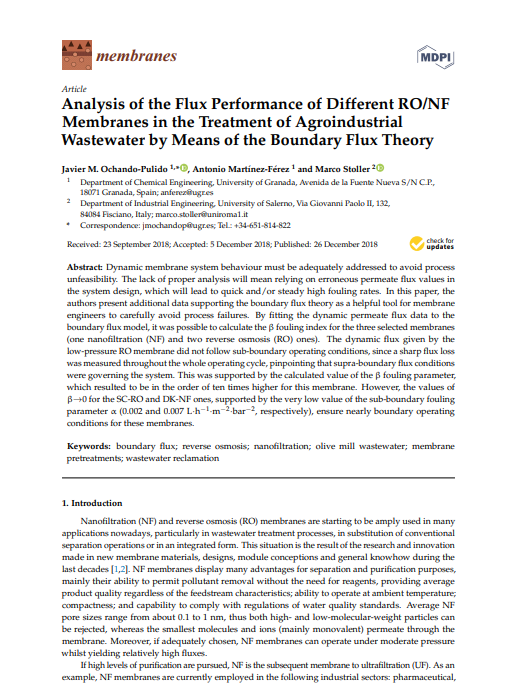
Reviews
There are no reviews yet.